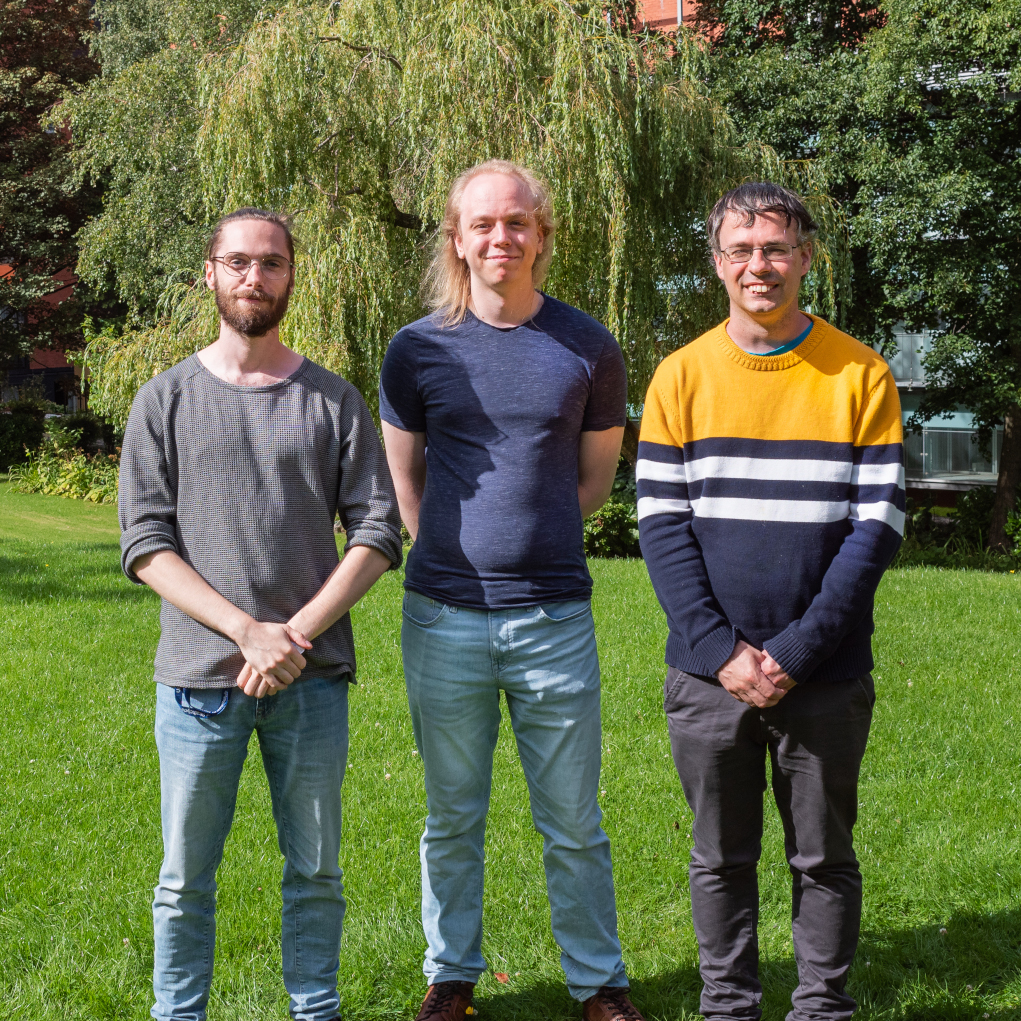Tracing out the environmental degrees of freedom is a necessary procedure when simulating open quantum systems. While being an essential step in deriving a tractable master equation it represents a loss of information. In situations where there is strong interplay between the system and environmental degrees of freedom this loss makes understanding the dynamics challenging. These dynamics, when viewed in isolation, have no time-local description: they are non-Markovian and memory effects induce complex features that are difficult to interpret. To address this problem, we here show how to use system correlations, calculated by any method, to infer any correlation function of a Gaussian environment, so long as the coupling between system and environment is linear. This not only allows reconstruction of the full dynamics of both system and environment, but also opens avenues into studying the effect of a system on its environment. In order to obtain accurate bath dynamics, we exploit a numerically exact approach to simulating the system dynamics, which is based on the construction and contraction of a tensor network that represents the process tensor of this open quantum system. Using this we are able to find any system correlation function exactly. To demonstrate the applicability of our method we show how heat moves between different modes of a bosonic bath when coupled to a two-level system that is subject to an off-resonant drive. 